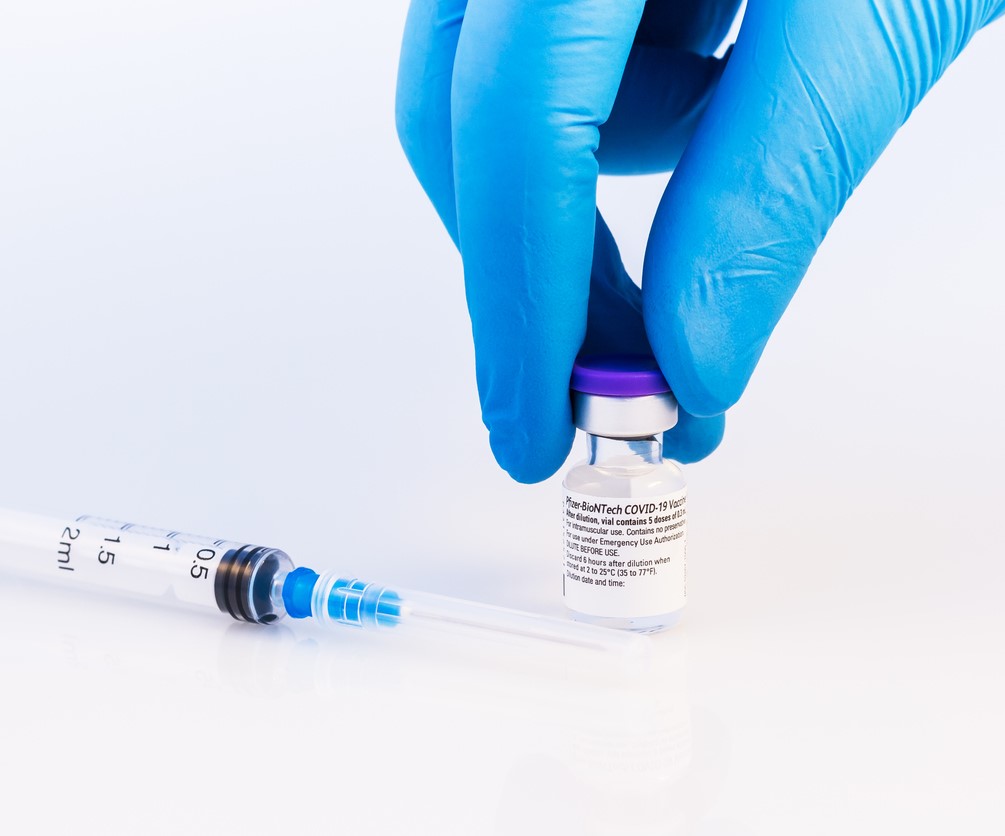One country—Mozambique—reported more polio cases this week, according to the latest weekly update from the Global Polio Eradication Initiative (GPEI).
Mozambique reported three circulating vaccine-derived poliovirus type 1 (cVDPV1) cases this week, all in Zambezia province. The cases were added to its 2022 total, which is now 22.
WHO details cVDPV2 situations in Burundi, Indonesia
In other developments, the World Health Organization (WHO) this week posted updates on circulating vaccine-derived poliovirus type 2 (cVDPV2) situations in Burundi and Indonesia.
The case in Burundi was first reported in the middle of March, and it marked the first instances of cVDPV2 linked to the novel oral poliovirus type 2 since the vaccine was introduced in March 2021. The WHO said the unvaccinated 4-year-old boy's paralysis symptoms began on Nov 24.
Genetic analysis suggests the virus is linked to a new cVDPV2 emergence from the Democratic Republic of the Congo (DRC). An investigation found that polio vaccine coverage was lower in the region where the boy lived compared to the rest of Burundi. Supplemental vaccination campaigns are planned for both Burundi and the DRC in May.
In Indonesia, an outbreak has been under way since 2022. Another paralysis case was detected in March in an unvaccinated 2-year-old girl from West Java province, bringing the country's cVDPV2 total to four, with the earlier three from Aceh province.
The WHO said genetic analysis from the West Java case shows the virus is related to the Aceh virus, but has enough changes to suggest the possibility of missed transmission.

 Today in Pediatrics
Today in Pediatrics 











